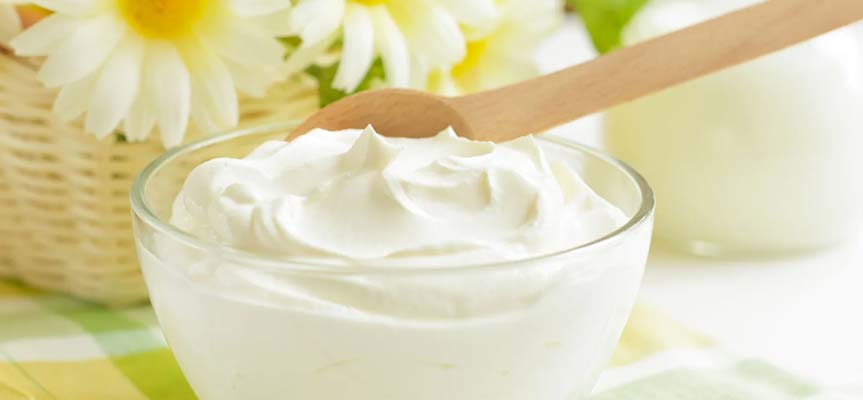Fermented Dairy Products
Fermented dairy products are among the most widely consumed food products. The production of these items primarily relies on the ability of safe bacteria to consume lactose in milk, producing lactic acid. This process increases the milk’s acidity, generates aromatic compounds, and creates a texture due to the precipitation of milk proteins.
Post Acidification
One of the quality challenges associated with the shelf life of these products is the increase in acidity over time. This is caused by the continued activity of bacteria, which leads to flavor deterioration, texture degradation, and a reduction in beneficial bacteria. This process is further intensified in warm climates, highlighting the need for temperature-time control strategies (Time-Temperature Methodology in Quality Control).
Factors Influencing Post Acidification
Starter Culture
The type of starter culture used in the production of fermented products is one of the most important factors in acid production during storage. Each starter consists of different species of safe microbes that contribute to acid production, flavor, and texture improvement. Some bacterial species, such as Streptococcus thermophilus, are unable to remain active when the pH of the product decreases, while other acid-resistant species, like Lactobacillus bulgaricus, continue to grow and produce acid during storage. However, removing the species involved in post acidification can lead to a reduction in the production of aromatic compounds or texture improvement. Probiotic bacteria, such as Bifidobacterium lactis, are considered beneficial in yogurt production because they produce less acid during storage.
Compositions
- Milk compositions, particularly proteins, also play a role in post acidification. The presence of compounds like hydrolyzed proteins can interfere with the biochemical processes involved in starter growth and influence the rate of acidification. However, the inclusion of these compounds must be carefully balanced due to their potential adverse effects on flavor.
- Reducing lactose can help minimize post acidification, but it could also affect the quality of the yogurt. Some researchers have tried substituting lactose with other non-fermentable carbohydrates through starter cultures to control the acid production process. This technique must be optimized based on the flavor and texture of the product as well as its economic feasibility.
- Postbiotic compounds such as oligosaccharides and dextrans can enhance fermentation activity, increasing acid production during storage. The inclusion of these compounds must be carefully adjusted based on the sensitivity of the starter bacteria species.
Processing
Another key factor in reducing post acidification is the rapid cooling of yogurt from the fermentation stage to cold storage. The thermal shock and storage temperature slow down microorganism growth, and acid production is expected to continue at a slower rate during cold chain storage.

Packaging
The type of packaging used can affect oxygen permeability and, consequently, the growth of both aerobic and anaerobic bacteria. Packaging choices, such as modified atmosphere packaging (MAP) that reduces environmental oxygen levels, can influence bacterial growth. The packaging type and its permeability to air must be tailored to the starter species and their response to oxygen. Some studies have suggested that reducing oxygen concentration in packaging headspace can be a significant factor in extending yogurt shelf life.
Inactivation of Acid-Generating Microorganisms
- If the acid-producing microorganisms, including the inoculated starter culture and any unwanted contaminants, are inactivated after the yogurt fermentation process, acid production will cease during cold storage. However, applying thermal treatments to deactivate acid-producing species is not feasible due to the destructive effect on yogurt quality. Non-thermal solutions, such as Pulsed Electric Field (PEF) technology, could be an effective option for inactivating microorganisms. Gamma irradiation, which can penetrate packaging and product, is another potential method for microorganism inactivation, but it has significant limitations for industrial-scale application. Similar methods, such as microwave irradiation and controlled temperature treatments, could be effective in controlling microbial activity depending on the product and starter conditions.
- Adding extracts or whole plant matter from medicinal herbs containing antimicrobial essential oils to yogurt can help reduce microbial activity and slow acid production. However, flavor changes due to the addition of such herbs could pose a limitation.

